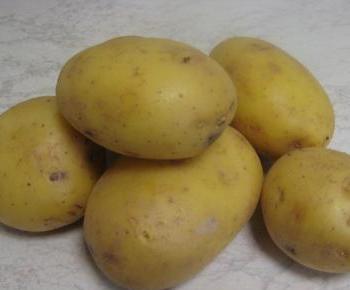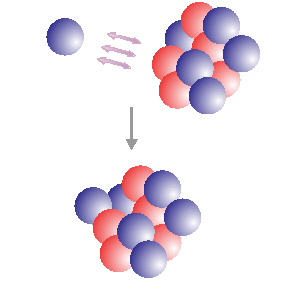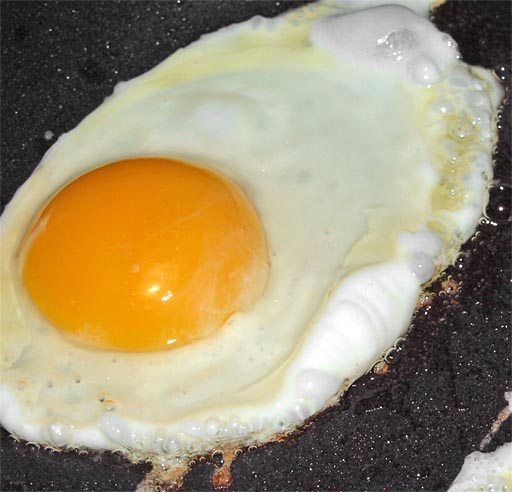1.The function of the circulatoy system is to transport nutrients and oxygen to the body.
2. The tree types of cell are :
red blood cell : carry nutrients to on cut how need it and take up waste.
white blood cell : fight when there are a sickness in the body.
platelets: stop bleeding and cover the injury.
3. the organ of tyhe circulator system of the circulatory system that pomp blood to the body is the heart.
4. The name of the blood vessel that carry blood from the heart to the body is arteries.
5.veins bring blood back to the heart.
6. Arteries ( bright red color-
o2)
Veins ( dark red color- CO2)
Artyeries (too much presure)
Veins ( no much presure )
7. The name of the blood vessel are capilaries that connect veins and ateries



 Salt water great concentration of salt. Less concentration of salt water molecules inside the potato.
Salt water great concentration of salt. Less concentration of salt water molecules inside the potato. Equal Concentration H2O.
Equal Concentration H2O.


























